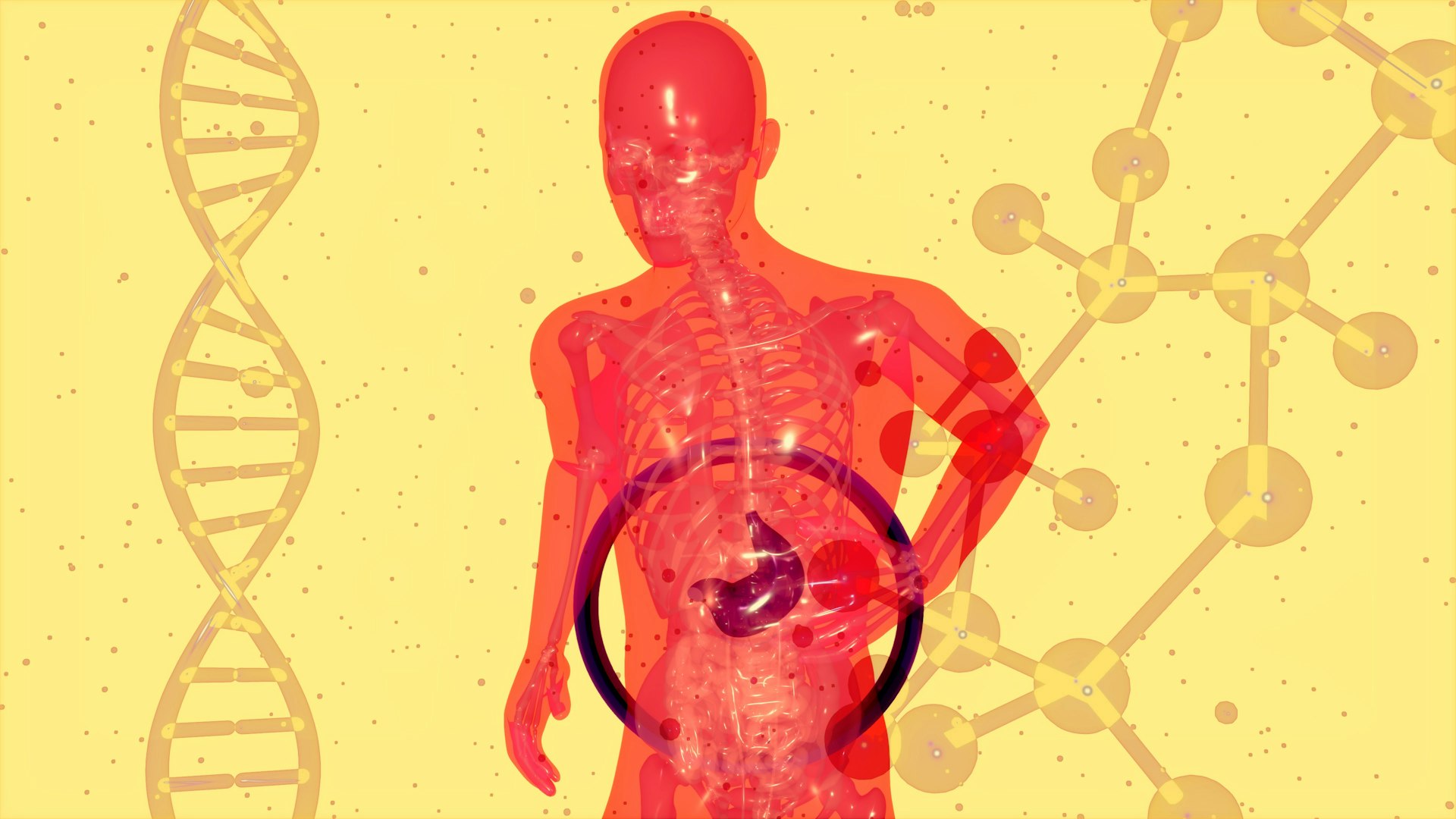Unlocking Safer Roads: The Future of Vehicle-to-Everything (V2X) Communication Systems

Photo by Nick on Unsplash
Introduction to Vehicle-to-Everything (V2X) Communication Systems
Modern transportation is undergoing a revolution. Vehicle-to-everything (V2X) communication systems represent a leap forward in how vehicles interact with their surroundings. By leveraging wireless connectivity, V2X systems enable cars to share real-time data with other vehicles, infrastructure, pedestrians, and networks. This technology paves the way for safer roads, reduced congestion, and the foundation for autonomous vehicles [1] .
Key Components of V2X Communication
V2X encompasses several interconnected technologies, each serving a specific role in the broader communication ecosystem:
1. Vehicle-to-Vehicle (V2V)
V2V enables vehicles to exchange data such as speed, position, and direction directly with one another. This allows for instant alerts on sudden braking, lane changes, or potential collisions, thereby significantly improving safety. For instance, if a car ahead suddenly stops, nearby vehicles receive immediate notifications to react more quickly [1] .
2. Vehicle-to-Infrastructure (V2I)
V2I communication allows vehicles to connect with road infrastructure like traffic signals, toll booths, and signage. For example, a vehicle approaching a red light could receive an alert to slow down, or a smart traffic system could adjust signal timing based on real-time traffic flow. This not only enhances safety but also optimizes traffic management and reduces congestion [3] .
3. Vehicle-to-Pedestrian (V2P)
V2P communication ensures vehicles can detect and communicate with pedestrians and cyclists carrying compatible devices. This helps prevent accidents by alerting drivers to nearby vulnerable road users, especially in high-traffic urban environments [1] .
4. Vehicle-to-Network (V2N)
V2N leverages cellular networks (4G, 5G) to connect vehicles to the broader digital ecosystem. This enables features such as over-the-air updates, cloud-based analytics, and real-time navigation based on current road conditions [2] .
How V2X Communication Works: Technologies and Standards
V2X systems utilize a mix of wireless technologies to ensure seamless, reliable communication. Two primary standards dominate the market:
- 802.11p (DSRC): Dedicated Short Range Communications (DSRC) allows direct vehicle-to-vehicle and vehicle-to-infrastructure exchanges with low latency, which is critical for safety applications. This standard forms a vehicular ad-hoc network and is widely used for basic safety messages [4] .
- Cellular V2X (C-V2X): This newer approach leverages both direct communication and existing cellular infrastructure (LTE/5G). C-V2X supports more advanced applications by connecting vehicles to mobile networks, providing broader coverage and supporting data-intensive features [5] .
Real-World Applications and Benefits
The implementation of V2X technology is already delivering tangible results:
Enhanced Safety: Real-time sharing of critical data reduces accidents by allowing vehicles and traffic infrastructure to anticipate and react to hazards sooner. For example, cities using V2X-enabled traffic lights have reported fewer intersection collisions due to timely driver alerts.
Reduced Congestion: By synchronizing traffic signals and providing up-to-the-minute route suggestions, V2X systems help prevent bottlenecks and streamline traffic flow. Some metropolitan areas piloting V2X have seen measurable decreases in rush-hour delays.
Environmental Impact: Optimizing traffic flow and encouraging smoother driving patterns can decrease fuel consumption and emissions, contributing to cleaner urban air.
Foundation for Autonomous Vehicles: V2X is considered a prerequisite for the deployment of fully autonomous vehicles, allowing them to interact with their environment and other road users more intelligently [3] .
How to Access and Implement V2X Solutions
Adopting V2X technology involves several key steps for individuals, fleet managers, and city planners:
For Individual Vehicle Owners
If you are interested in V2X features for your own vehicle, consider the following approaches:
- Check with your vehicle manufacturer or authorized dealer to see if your car supports V2X features or if upgrades are available.
- Explore aftermarket solutions from reputable automotive electronics providers. Look for devices certified for compatibility with your vehicle make and model.
For Fleet Managers
Fleet operators can benefit by integrating V2X systems into their vehicles:
- Contact leading automotive technology providers or consult with your current fleet telematics supplier to discuss integration options.
- Participate in pilot programs or industry consortiums focused on connected vehicle technology to access early-stage deployments and shared best practices.
For Municipalities and Infrastructure Planners
If you represent a city or transportation agency interested in deploying V2X-enabled infrastructure:
- Engage with transportation technology vendors specializing in smart city solutions. Many offer turnkey packages for upgrading traffic signals, signage, and public transit fleets.
- Apply for grants and funding opportunities available through government transportation agencies and research bodies. Search for programs focusing on intelligent transportation systems (ITS) and smart city innovation.
For all audiences, staying informed about the latest standards and compliance requirements is crucial. Consider subscribing to updates from transportation authorities and industry associations. If you are unsure where to start, search for “intelligent transportation system grants [your country/state]” or consult your local Department of Transportation for available resources.
Challenges and Considerations
While the promise of V2X is significant, there are important challenges to consider:
- Privacy & Security: Sharing vehicle data raises concerns about user privacy and potential cyber threats. Reputable solutions employ robust encryption and strictly adhere to privacy laws [2] .
- Standardization: The industry is still converging on universal standards for V2X communication. Ensure that any products or solutions you consider are compliant with recognized protocols such as 802.11p, DSRC, or 5G-V2X.
- Infrastructure Readiness: Full realization of V2X benefits depends on widespread adoption by both vehicles and city infrastructure. While many major automakers and cities are moving forward, progress varies by region.
Alternatives and Complementary Approaches
If full V2X integration is not yet feasible in your area, consider related technologies that provide incremental safety and connectivity benefits:
- Advanced Driver Assistance Systems (ADAS): Many vehicles now come equipped with features like adaptive cruise control, collision warnings, and blind-spot detection, some of which leverage similar sensor technology.
- Mobile Navigation Apps: While not a substitute for V2X, navigation apps that provide real-time traffic and hazard alerts can enhance situational awareness.
- Community Initiatives: Some cities offer pilot programs or public information sessions about upcoming smart transportation projects. Participating can provide early exposure to new technologies and influence deployment in your community.
Key Takeaways
Vehicle-to-everything communication systems are poised to transform transportation safety, efficiency, and sustainability. While broad adoption may still be on the horizon for some regions, many manufacturers, municipalities, and technology providers are already taking actionable steps toward connected mobility. To get involved or learn more, consult your vehicle manufacturer, local transportation agency, or recognized industry associations for the most up-to-date information and available resources.

Photo by Myznik Egor on Unsplash
References
MORE FROM weirdsearch.com













